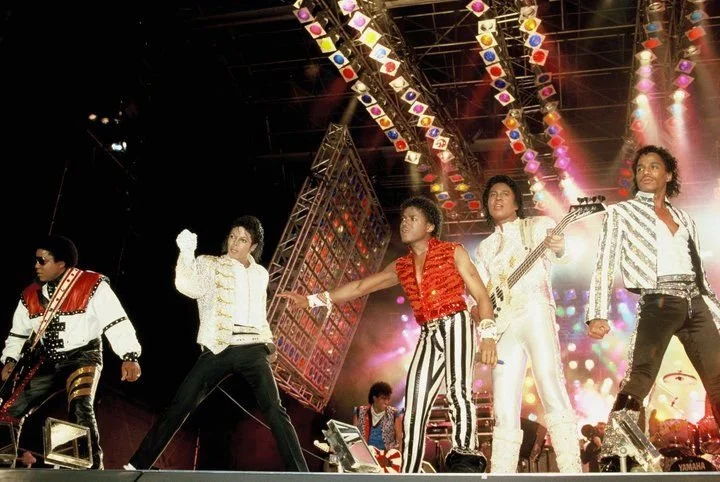The Story of Worlds of Fun
The Story of Worlds of FunIf you were forwarded this email, click here to subscribe (it's free!) Read this story online | Sponsor this newsletter | Shop 📸 This week, we're celebrating 52 years of Worlds of Fun, originally opening on May 26, 1973 🎢 Worlds of Fun was created by Kansas City businessmen Lamar Hunt and Jack Steadman. Hunt, known for moving the Dallas Texans NFL team to Kansas City and renaming them the Chiefs, wanted to establish a major entertainment venue for the region. The park’s concept was inspired by the novel Around the World in Eighty Days by Jules Verne. It featured themed areas representing different global regions, including Scandinavia, Africa, Europa, East Asia, and Americana. Construction began in November 1971 with JE Dunn as general contractor and Burns & McDonnell handling architecture and engineering. The design was led by Randall Duell, a former MGM art director turned theme park designer. Worlds of Fun opened in 1973 with a $20 million investment, 60 buildings, and 20 rides. Early Years and ExpansionIn its first season, Worlds of Fun became a popular attraction. Key features included the Henrietta steamboat, modeled after the vessel in Around the World in Eighty Days, and the Cotton Blossom riverboat from the film Showboat, located in the Americana section. A hot air balloon logo symbolized the park’s theme of travel and adventure. In 1974, the park added the Forum Amphitheater in the Europa section, seating 4,000 guests. In 1976, Bicentennial Square was introduced to mark the U.S. Bicentennial, featuring the Screamroller, a steel looping coaster from Arrow Dynamics. In 1982, Worlds of Fun opened Oceans of Fun, which was the world’s largest water park at the time. That same year, the Americana section expanded with the River City area. The Screamroller was later converted into the Extremeroller, North America's first stand-up looping coaster. In 1989, the Timber Wolf wooden coaster was introduced and gained national recognition. Acquisition by Cedar Fair and Continued GrowthIn 1995, Cedar Fair LP purchased Worlds of Fun for $40 million. The new ownership brought significant investment and new attractions. In 1998, the park added the Mamba, a steel hypercoaster built by D.H. Morgan Manufacturing. In 2006, it introduced the Patriot, an inverted roller coaster that set regional records for height, speed, and length. The park expanded again in 2011 with the debut of Planet Snoopy, an $8 million children’s area with over 20 rides and attractions. In 2013, Oceans of Fun and Worlds of Fun were fully integrated into one admission. The SteelHawk, a 301-foot swing ride relocated from Knott’s Berry Farm, was added in 2014. In 2021, the Riptide Raceway—billed as the world’s longest mat racing slide—was introduced. To celebrate its 50th anniversary in 2023, the park reintroduced the Zambezi Zinger as a modern wooden-steel hybrid roller coaster, honoring one of its original rides. Click here to see more historic photos from Worlds of Fun over the years. Worlds of Fun History 🎥This Week's Featured Home821 W 54th Ter, Kansas City, MO 64112
Realtors: interested in sponsoring this section to 10K+ readers? Just email me at hello@kcyesterday.com! Thanks for reading Reader! 🎢 Question: What's your all-time favorite ride at Worlds of Fun? Reply and let me know! ps: then vs. now of downtown's Emery, Bird, Thayer Building, demolished in the early 1970s. |
Stories from the City - History of Kansas City
Join thousands of others and discover Kansas City's captivating history every week with the exclusive newsletter from KC Yesterday. Sign up now to unlock fascinating stories about the mafia, architecture, prohibition, sports, and everything in between!
The Story of The Jacksons at Arrowhead in 1984 If you were forwarded this email, click here to subscribe (it's free!) Read this story online | Sponsor this newsletter | Shop 📸 July 6-8, 1984: The Jacksons at Arrowhead Stadium In the summer of 1984, The Jacksons launched their North American Victory Tour with three sold-out shows at Arrowhead Stadium. In a rare move, Arrowhead officials accepted a flat $100,000 fee instead of their usual cut of ticket and concession sales. The Victory Tour...
The Story of Sliced Bread’s Invention in Chillicothe If you were forwarded this email, click here to subscribe (it's free!) Read this story online | Sponsor this newsletter | Shop 📸 In the world of everyday innovations, few have had the staying power, or cultural impact, of sliced bread. And it all began in the small town of Chillicothe, Missouri, about an hour and a half northeast of downtown Kansas City. Here's the story! Mural in Chillicothe, MO. Courtesy http://www.homeofslicedbread.com/....
The Story of Lewis & Clark in KC If you were forwarded this email, click here to subscribe (it's free!) Read this story online | Sponsor this newsletter | Shop 📸 On this day in 1804: the Lewis & Clark expedition arrived at Kaw Point and explored the area for 3 days. Here's the story! Lewis & Clark statue at Kaw Point Park. Courtesy - Taylor Sloan / Flickr On May 14, 1804, under the directive of President Thomas Jefferson, Captain Meriwether Lewis and Lieutenant William Clark embarked on an...

